10 Essential Boat Engine Maintenance Tips Every Owner Should Know

Regular maintenance is the key to reliable performance and longevity for your boat's engine. Unlike car engines, marine engines operate in a uniquely challenging environment—exposed to water, salt, humidity, and often long periods of inactivity. These conditions make proper maintenance not just recommended but essential for preventing costly repairs and ensuring your time on the water is spent enjoying your boat rather than dealing with mechanical issues.
This comprehensive guide covers the ten most important maintenance practices every boat owner should implement. Whether you're a new boater or a seasoned captain looking to refine your maintenance routine, these tips will help you extend your engine's life, improve reliability, and potentially save thousands in repair costs. Many of these procedures can be performed by owners with basic mechanical knowledge, while others may require professional service—but understanding all of them will make you a more informed and capable boat owner.
1. Follow the Manufacturer's Maintenance Schedule
The foundation of proper engine care starts with following the manufacturer's recommended service intervals:
Why It's Important
- Manufacturer schedules are developed based on extensive testing and real-world experience
- Following the schedule maintains warranty coverage on newer engines
- Preventive maintenance costs significantly less than repairing damage from neglect
- Different engines have unique requirements that generic advice might not address
Implementation Tips
- Locate your owner's manual: If you don't have a physical copy, most manufacturers offer digital versions online
- Create a maintenance log: Record all service performed, including dates and hour readings
- Set reminders: Use digital calendar alerts for upcoming service intervals
- Consider both time and hours: Service is typically required based on whichever comes first—operating hours or calendar time
Common Service Intervals
While specific requirements vary by manufacturer, these general guidelines apply to most recreational marine engines:
- Every 50-100 hours or annually: Oil and filter change, gear oil change, fuel filter replacement
- Every 100-300 hours: Spark plug replacement, impeller replacement, ignition system check
- Every 300-500 hours: Thermostat replacement, belts and hoses inspection/replacement
- Every 500-1000 hours: Major overhaul considerations, valve adjustments, timing checks
For manufacturer-specific maintenance kits, explore our maintenance kit collection, which includes everything needed for scheduled service intervals.
2. Change Engine Oil and Filter Regularly
Regular oil changes are perhaps the single most important maintenance task for internal combustion engines:
Why It's Important
- Engine oil breaks down over time, losing its lubricating and protective properties
- Marine engines often work harder than automotive engines, accelerating oil degradation
- Contaminants accumulate in oil, potentially causing increased wear and corrosion
- Fresh oil improves performance, fuel efficiency, and emissions
Implementation Tips
- Change oil when warm: Run the engine for 5-10 minutes before changing oil to suspend contaminants
- Use marine-grade oil: Marine engines have specific requirements different from automotive engines
- Always replace the filter: A new filter is essential with each oil change
- Check for water contamination: Milky appearance indicates water in the oil, requiring investigation
- Dispose of used oil properly: Take to a recycling center or marina collection point
Oil Selection Guidelines
- Four-stroke outboards and inboards: Typically require FC-W (Four-Cycle Water-cooled) certified oils
- Two-stroke outboards: Require specialized TC-W3 certified oils for premix or oil injection systems
- Diesel engines: Usually require specific marine diesel engine oils with appropriate additives
- Viscosity selection: Follow manufacturer recommendations for your climate and operating conditions
For high-quality marine engine oils and filters, check our marine lubricants collection, featuring oils specifically formulated for marine applications.
3. Maintain the Fuel System
Fuel system issues are among the most common causes of marine engine problems, particularly with today's ethanol-blended fuels:
Why It's Important
- Modern ethanol-blended fuels can cause numerous issues in marine applications
- Water contamination can lead to phase separation, corrosion, and microbial growth
- Fuel system problems often result in poor performance, hard starting, or complete failure
- Preventive maintenance costs far less than repairing fuel system damage
Implementation Tips
Fuel Filters
- Replace primary filters: Change according to manufacturer schedule or at first sign of restriction
- Inspect regularly: Check for water or contaminants in filter bowls
- Carry spares: Always have replacement filters and gaskets onboard
- Consider water-separating filters: Essential for boats using ethanol-blended fuels
Fuel Quality Management
- Use fuel stabilizer: Add when the boat will sit unused for more than two weeks
- Keep tanks full for storage: Minimizes condensation space in the tank
- Consider non-ethanol fuel: If available, it's preferable for marine applications
- Use biocide treatments: Particularly important for diesel engines to prevent microbial growth
System Inspection
- Check fuel lines: Look for cracks, softening, or bulging
- Inspect connections: Ensure fittings are tight and free of leaks
- Examine primer bulbs: Should be firm with no cracks
- Test for leaks: Investigate any fuel odors immediately
For fuel system maintenance products, explore our fuel system collection, including filters, stabilizers, and water separators.
4. Check and Replace Cooling System Components
Overheating is a leading cause of catastrophic engine damage in marine applications:
Why It's Important
- Marine engines rely on water for cooling, making the system critical for operation
- Overheating can cause severe damage including warped heads, blown gaskets, and seized engines
- Salt water and minerals can build up in cooling passages over time
- Many cooling system components are wear items requiring regular replacement
Implementation Tips
Water Pump Maintenance
- Replace impellers: Typically annually or every 100-200 hours
- Inspect housing: Check for wear, scoring, or corrosion
- Carry spare impellers: Essential safety item for extended trips
- Check drive belts: If belt-driven, verify proper tension and condition
Cooling System Inspection
- Verify water flow: Check for proper water output at tell-tale or exhaust
- Inspect hoses: Look for cracks, softening, or bulging
- Check thermostat: Replace according to manufacturer recommendations
- Monitor temperature gauge: Be alert to any changes in normal operating temperature
Preventive Measures
- Flush after saltwater use: Use fresh water to flush the cooling system
- Descale periodically: Use manufacturer-approved descaling solutions for raw water systems
- Replace sacrificial anodes: Check and replace zinc anodes in the cooling system
- Winterize properly: Ensure all water is removed or protected with antifreeze for storage
For cooling system components, check our cooling system collection, featuring water pumps, impellers, thermostats, and hoses for all major engine brands.
5. Inspect and Service the Electrical System
Electrical issues can be among the most frustrating to troubleshoot and often leave boaters stranded:
Why It's Important
- The marine environment is particularly harsh on electrical components
- Corrosion can develop rapidly, especially in saltwater environments
- Electrical failures often affect starting, charging, and essential systems
- Regular inspection can identify issues before they cause failures
Implementation Tips
Battery Maintenance
- Check battery condition: Test voltage and load capacity regularly
- Clean terminals: Remove corrosion with a baking soda solution
- Secure connections: Ensure terminals are tight and protected
- Maintain charge: Use a marine battery charger or maintainer during storage
- Replace aging batteries: Typically every 3-5 years depending on type and use
Wiring and Connections
- Inspect wire condition: Look for chafing, cracks, or heat damage
- Check connections: Verify all connections are clean, tight, and corrosion-free
- Apply dielectric grease: Use on connections to prevent corrosion
- Secure loose wiring: Prevent chafing by properly securing wire runs
Charging System
- Test alternator output: Verify proper charging voltage (typically 13.8-14.4V)
- Inspect belts: Check for proper tension and signs of wear
- Clean alternator: Ensure cooling vents are clear of debris
- Check regulator function: Verify consistent charging voltage
For electrical system components, explore our electrical parts collection, including batteries, wiring, and charging system components.
6. Lubricate Moving Parts and Fittings
Proper lubrication prevents wear, corrosion, and binding in mechanical components:
Why It's Important
- Marine environments accelerate corrosion and wear on moving parts
- Proper lubrication reduces friction, extending component life
- Lubricants also provide protection against water intrusion and corrosion
- Regular lubrication prevents seized components and control difficulties
Implementation Tips
Engine Components
- Throttle and shift linkages: Clean and lubricate with marine-grade lubricant
- Steering systems: Grease fittings according to manufacturer recommendations
- Control cables: Lubricate with appropriate cable lubricant
- Gimbal bearing: Grease according to service schedule (stern drives)
Drive System
- Lower unit/outdrive: Change gear oil according to schedule
- U-joints and bearings: Grease fittings as specified
- Propeller shaft: Apply anti-seize compound when removing/installing propellers
- Trim and tilt system: Check fluid levels and condition
Lubrication Best Practices
- Use marine-specific products: Automotive lubricants may not provide adequate protection
- Don't over-grease: Excessive grease can attract dirt and cause issues
- Wipe excess: Clean up excess lubricant to prevent dirt accumulation
- Document service: Record lubrication in your maintenance log
For marine lubricants and greases, check our marine lubricants collection, featuring specialized products for all marine applications.
7. Inspect and Maintain the Propeller
The propeller is more than just a means of propulsion—it's a critical component that affects performance, efficiency, and engine health:
Why It's Important
- Damaged propellers can cause vibration that damages other components
- Even minor damage can significantly reduce efficiency and increase fuel consumption
- Propeller issues can place additional strain on the engine and drive system
- Regular inspection allows early detection of fishing line and debris
Implementation Tips
Regular Inspection
- Check for damage: Look for bent, chipped, or cracked blades
- Inspect for fishing line: Remove any line wrapped around the shaft
- Look for corrosion: Particularly on aluminum propellers
- Check hub condition: Verify the rubber hub is intact (if equipped)
Maintenance Procedures
- Remove and inspect: Take off the propeller at least annually
- Grease the shaft: Apply marine grease before reinstalling
- Replace the cotter pin: Always use a new cotter pin when reinstalling
- Check shaft seals: Inspect for leakage while the propeller is removed
Repair or Replace
- Minor damage: Small nicks can often be filed smooth
- Significant damage: Professional repair or replacement is recommended
- Consider a spare: Carry a spare propeller for extended trips
- Upgrade opportunities: Consider performance improvements when replacing
For propellers and related components, explore our propeller collection, featuring options for all major engine brands and applications.
8. Check and Replace Anodes
Sacrificial anodes (often called "zincs") are your engine's primary defense against galvanic corrosion:
Why It's Important
- Galvanic corrosion occurs when dissimilar metals are immersed in an electrolyte (water)
- Without protection, expensive components can be rapidly damaged
- Anodes are designed to corrode instead of your engine and drive components
- Regular replacement ensures continuous protection
Implementation Tips
Inspection Schedule
- Check frequently: Inspect anodes every 3-4 weeks during regular use
- Replace when necessary: When 50% of the anode has eroded
- Seasonal inspection: Always check before launching and when hauling out
- Saltwater vs. freshwater: Anodes erode faster in saltwater environments
Common Anode Locations
- Outboards: Cavitation plate, lower unit, trim tabs
- Stern drives: Cavitation plate, transom plate, drive housing
- Inboards: Shaft, rudder, trim tabs, heat exchangers
- Internal anodes: Engine block, heat exchangers, oil coolers
Anode Selection
- Zinc: Traditional choice, best for saltwater
- Aluminum: More effective in brackish water, also works in salt or fresh
- Magnesium: Best for freshwater applications
- Always replace with same type: Don't mix different anode materials
For sacrificial anodes, check our marine anodes collection, featuring zinc, aluminum, and magnesium options for all applications.
9. Perform Regular Engine Tune-Ups
A comprehensive tune-up ensures optimal performance, efficiency, and reliability:
Why It's Important
- Regular tune-ups maintain peak engine performance and fuel efficiency
- Preventive replacement of wear items helps avoid failures on the water
- Comprehensive inspection can identify developing issues early
- Proper ignition and fuel system function reduces emissions and extends engine life
Implementation Tips
Spark Plugs
- Replace according to schedule: Typically every 100 hours or annually
- Inspect old plugs: Their condition can indicate engine health
- Use manufacturer-recommended plugs: Match heat range and type
- Set proper gap: Use a feeler gauge to set the specified gap
Ignition System
- Check ignition timing: Adjust if applicable (electronic ignition typically not adjustable)
- Inspect spark plug wires: Look for cracks, corrosion, or damage
- Test ignition coils: Verify proper resistance and output
- Clean or replace distributor components: If equipped
Fuel System Tune-Up
- Replace fuel filters: Both primary and secondary filters
- Clean or service injectors: Consider professional cleaning service
- Adjust carburetor: If applicable, check idle speed and mixture
- Check fuel pressure: Verify it meets specifications
Additional Tune-Up Items
- Compression test: Verify cylinder compression meets specifications
- Valve adjustment: Check and adjust valve clearance if required
- Belt inspection: Replace timing and accessory belts according to schedule
- Sensor verification: Check operation of temperature and pressure sensors
For tune-up parts and kits, explore our maintenance kit collection, featuring comprehensive service kits for all major engine brands.
10. Properly Prepare for Storage
How you store your boat has a significant impact on its condition when boating season returns:
Why It's Important
- Improper storage is a leading cause of engine problems and failures
- Fuel degradation during storage can damage fuel system components
- Freezing temperatures can cause catastrophic damage if water remains in the engine
- Corrosion accelerates when engines are left unprepared for extended periods
Implementation Tips
Fuel System Preparation
- Add fuel stabilizer: Treat the entire fuel tank
- Run the engine: Circulate treated fuel through the system
- Fill the tank: Keep it 95% full to minimize condensation space
- Change fuel filters: Start the next season with fresh filters
Engine Protection
- Change oil and filter: Old oil contains contaminants that can cause corrosion
- Fog the engine: Spray fogging oil into air intake or cylinders
- Drain cooling system: Remove all water or add antifreeze in cold climates
- Lubricate cylinders: Remove spark plugs and add oil to cylinders
External Protection
- Clean thoroughly: Remove salt, dirt, and marine growth
- Apply corrosion protection: Spray external engine components
- Cover properly: Use breathable, marine-grade covers
- Consider indoor storage: Provides the best protection from elements
Battery Care
- Disconnect or remove: Prevent parasitic drain during storage
- Clean terminals: Remove corrosion before storage
- Maintain charge: Use a trickle charger or maintainer
- Store in cool, dry place: Avoid freezing temperatures
For storage and winterization supplies, check our winterization products collection, featuring everything needed for proper off-season storage.
Creating a Maintenance Schedule and Log
Organizing your maintenance activities ensures nothing is overlooked:
Benefits of a Maintenance Log
- Provides documentation of all service performed
- Helps track when components were last replaced
- Creates a service history valuable for warranty claims or resale
- Ensures no maintenance items are forgotten
What to Include
- Date of service: When maintenance was performed
- Engine hours: Hour meter reading at time of service
- Service performed: Detailed description of maintenance tasks
- Parts used: Record part numbers for future reference
- Next service due: Date or hour reading for next scheduled maintenance
- Notes: Observations, issues found, or special circumstances
Digital vs. Physical Logs
- Digital options: Smartphone apps, spreadsheets, or specialized software
- Physical logbook: Traditional notebook kept with boat documentation
- Hybrid approach: Physical log with digital backup
- Photo documentation: Include images of completed work or issues found
Sample Annual Maintenance Calendar
-
Pre-season (Spring):
- Complete fluid changes (oil, gear oil)
- Replace fuel filters
- Check cooling system
- Inspect anodes
- Battery service
-
Mid-season (Summer):
- Regular visual inspections
- Monitor fluid levels
- Check anodes in high-use situations
- Inspect propeller after any grounding
-
End of season (Fall):
- Change oil and filter
- Fuel system treatment
- Cooling system winterization
- Fogging and cylinder protection
- Battery maintenance
When to Seek Professional Service
While many maintenance tasks can be performed by owners, some situations call for professional expertise:
Recommended Professional Services
- Complex diagnostics: Issues requiring specialized equipment or software
- Internal engine work: Timing belt replacement, valve adjustments, rebuilds
- Electrical system troubleshooting: Complex wiring or electronic control issues
- Sterndrive service: U-joint bellows replacement, drive removal/installation
- Warranty work: Services that must be performed by authorized dealers
- Alignment procedures: Engine or drive alignment requiring precision tools
Finding Qualified Technicians
- Factory-authorized service centers: Technicians trained on your specific engine
- Certified mechanics: Look for ABYC or manufacturer certifications
- Ask for recommendations: Consult other boaters or marina staff
- Check reviews and reputation: Research before entrusting your engine
Working Effectively with Service Providers
- Provide detailed information: Explain symptoms thoroughly
- Share maintenance history: Bring your maintenance log
- Ask questions: Understand what work is being performed and why
- Request estimates: Get written estimates before authorizing work
- Keep records: Maintain documentation of all professional service
Conclusion
Regular, systematic maintenance is the key to reliable engine performance and longevity. By implementing these ten essential maintenance practices, you'll not only extend your engine's life but also enjoy greater reliability, improved fuel efficiency, and fewer unexpected repairs. The time and money invested in preventive maintenance pays dividends in reduced downtime, lower repair costs, and more enjoyable time on the water.
Remember that consistency is more important than perfection. Establishing a regular maintenance routine that you follow diligently will yield better results than sporadic, intensive service. Use your maintenance log to track what's been done and what's coming due, and don't hesitate to seek professional assistance for complex tasks beyond your comfort level or expertise.
With proper care, your marine engine can provide many years of reliable service. The effort you put into maintenance today directly affects your boating experience tomorrow—and potentially saves you from costly repairs and frustrating breakdowns when you'd rather be enjoying your time on the water.
For all your marine engine maintenance needs, explore our complete range of components for Yamaha, Mercury, Volvo Penta, and other major brands. Our high-quality parts are designed specifically for the demanding marine environment, ensuring optimal performance in all conditions.
Hi—I’m Jim Walker
I grew up in a Florida boatyard, earning pocket money (and a few scars) by rebuilding outboard carbs before I could drive. That hands-on habit carried me through a Ph.D. in mechanical engineering, where I studied how salt water quietly murders metal.
I spent ten years designing cooling systems for high-horsepower outboards, then joined JLM Marine as CTO. We bench-test every new part in the lab, but I still bolt early prototypes onto my own 23-foot skiff for a weekend shake-down— nothing beats real wake and spray for finding weak spots.
Here on the blog I share the fixes and shortcuts I’ve learned so your engine—and your day on the water—run smooth.

For Outboard Owners:
To assist you in maintaining and repairing your marine engines, we hope the following resources may be of use:
-
Fuel Pumps from JLM Marine
-
Fuel Pump Kits from JLM Marine
About JLM Marine
Founded in 2002, JLM Marine has established itself as a dedicated manufacturer of high-quality marine parts, based in China. Our commitment to excellence in manufacturing has earned us the trust of top marine brands globally.
As a direct supplier, we bypass intermediaries, which allows us to offer competitive prices without compromising on quality. This approach not only supports cost-efficiency but also ensures that our customers receive the best value directly from the source.
We are excited to expand our reach through retail channels, bringing our expertise and commitment to quality directly to boat owners and enthusiasts worldwide.

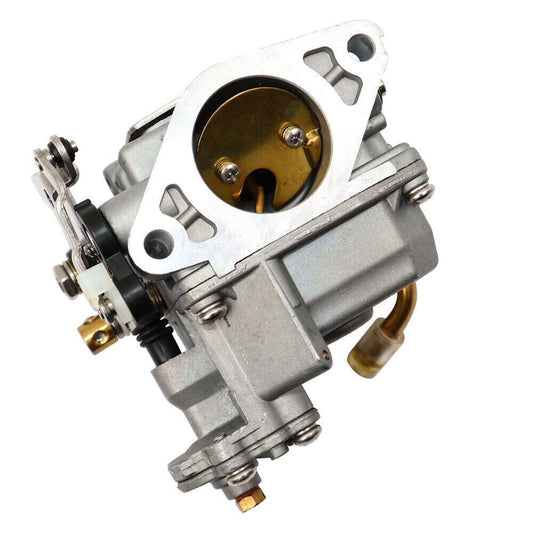
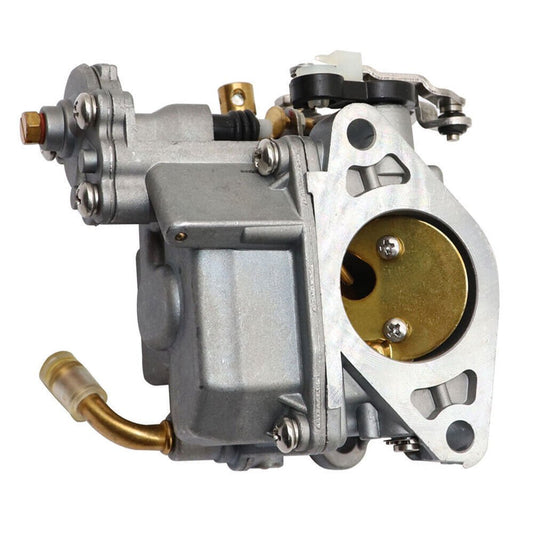
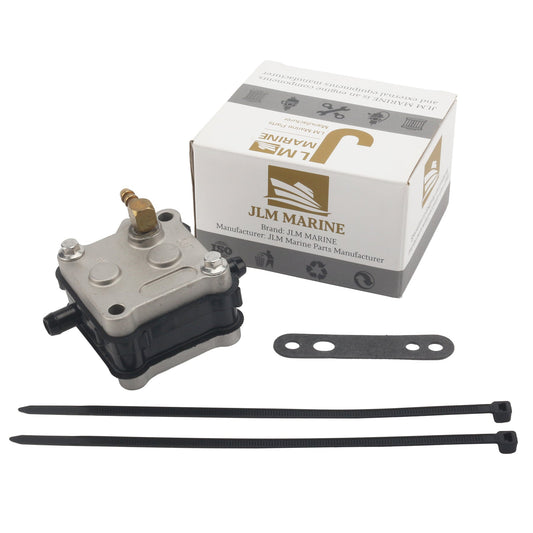
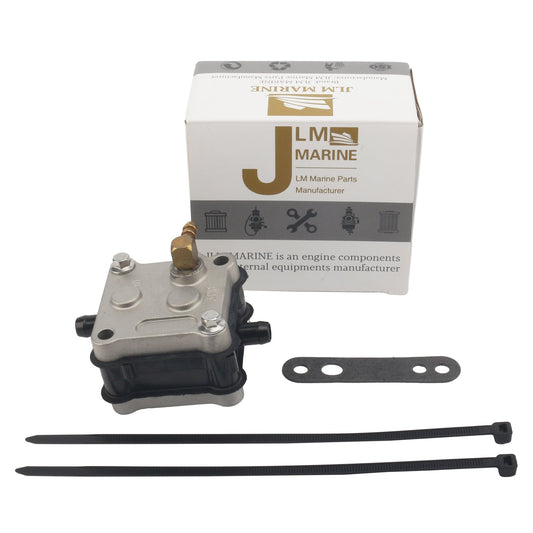
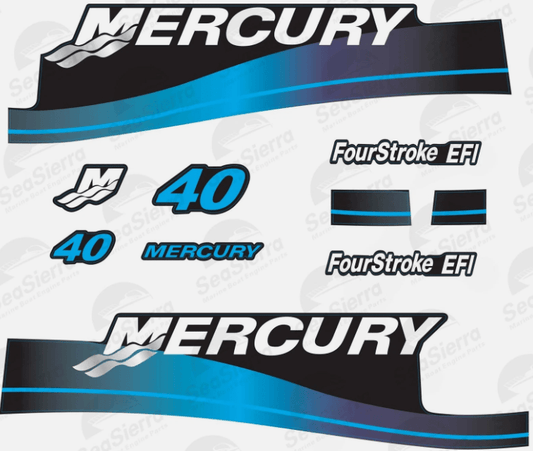

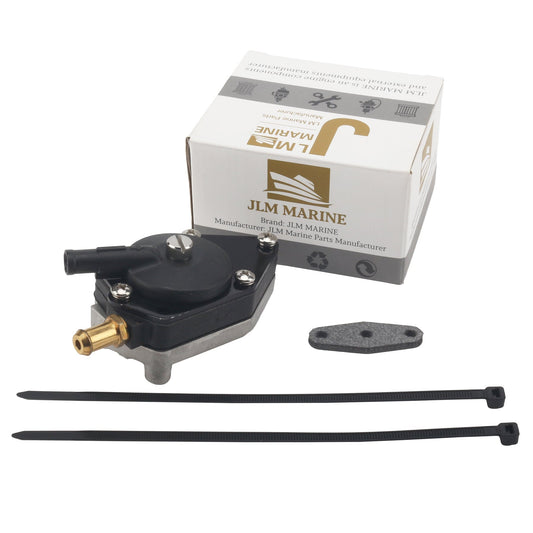
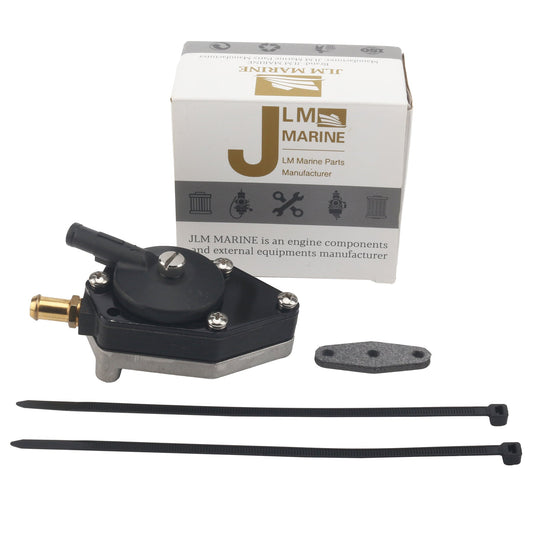
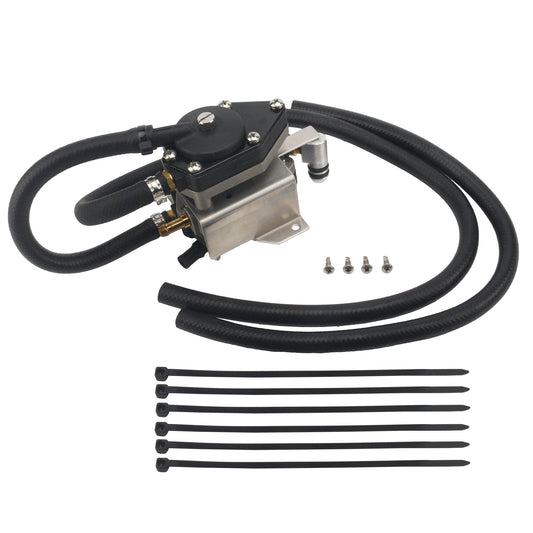
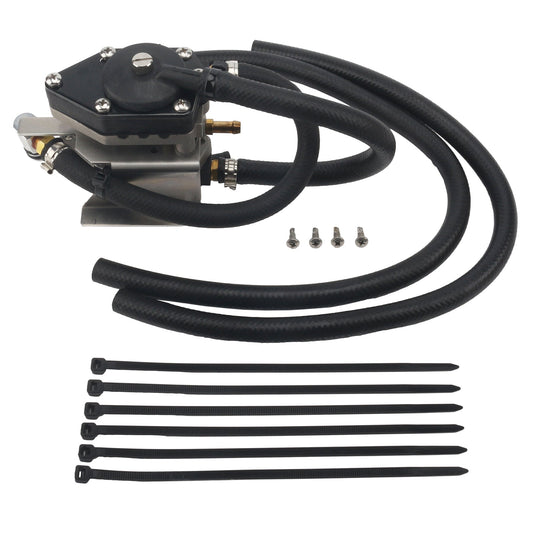
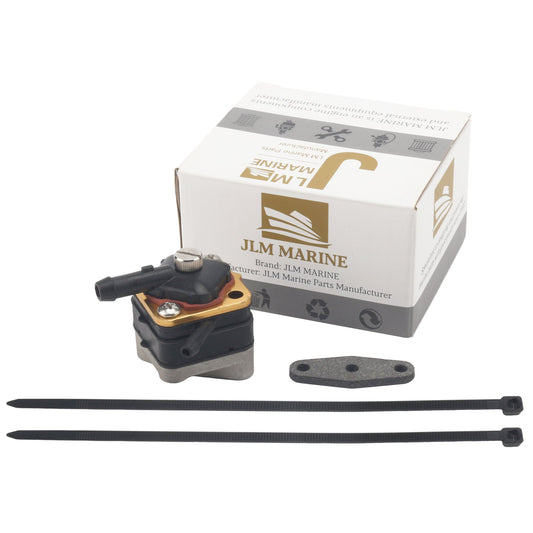
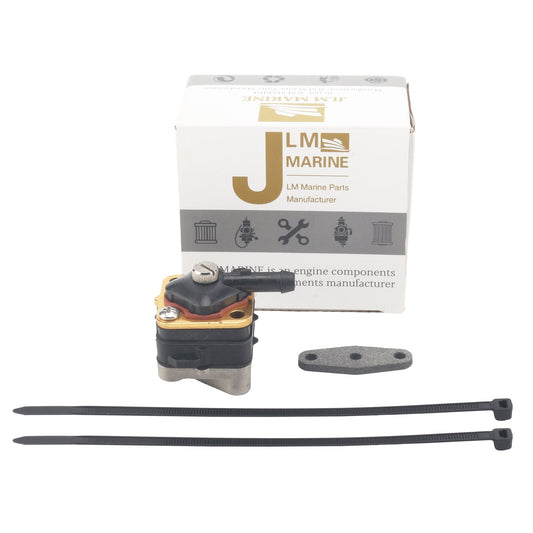
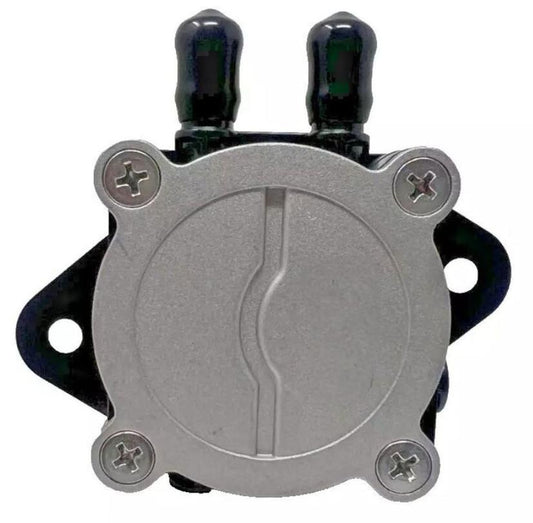
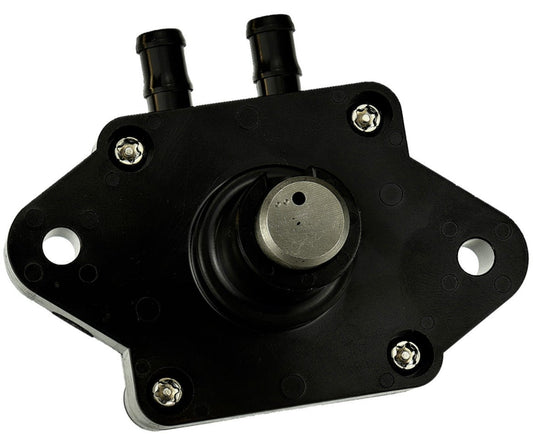
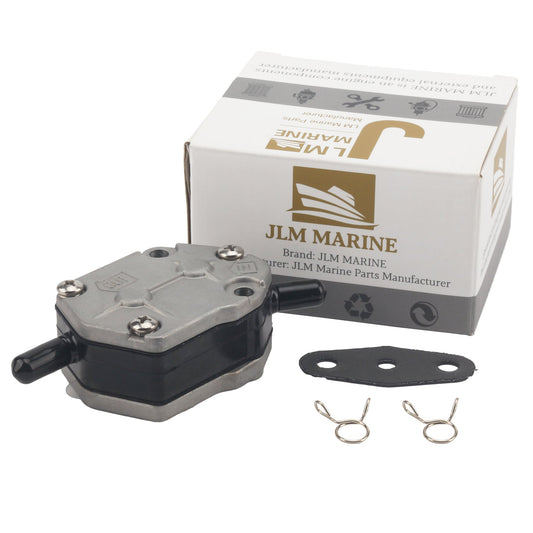
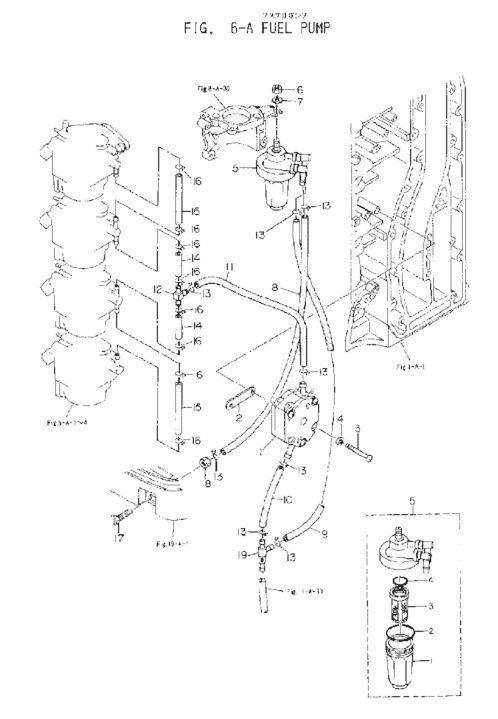
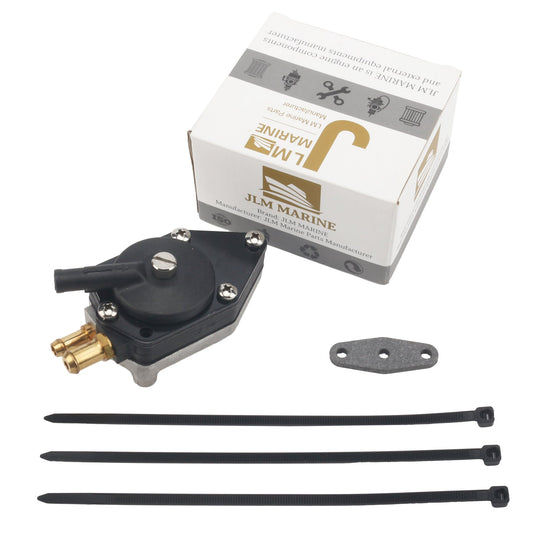

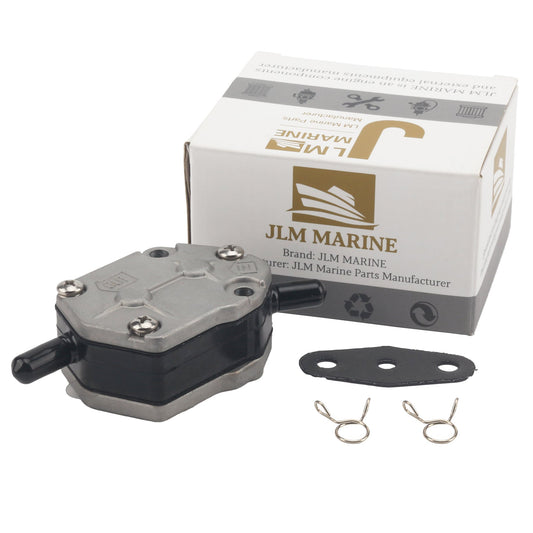
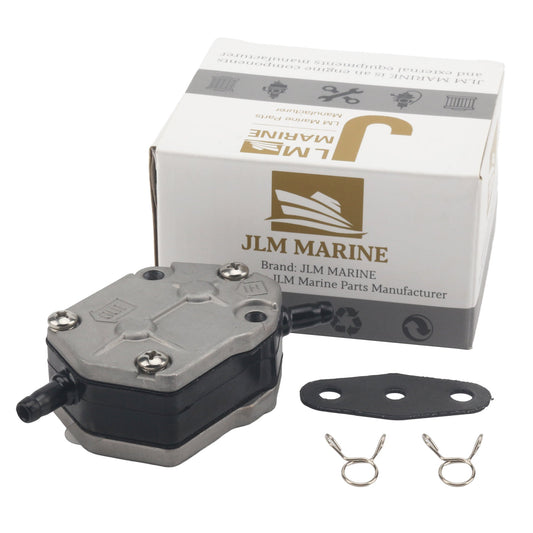
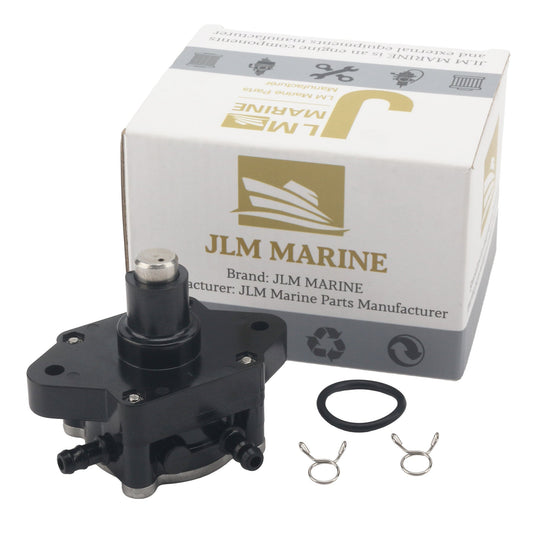
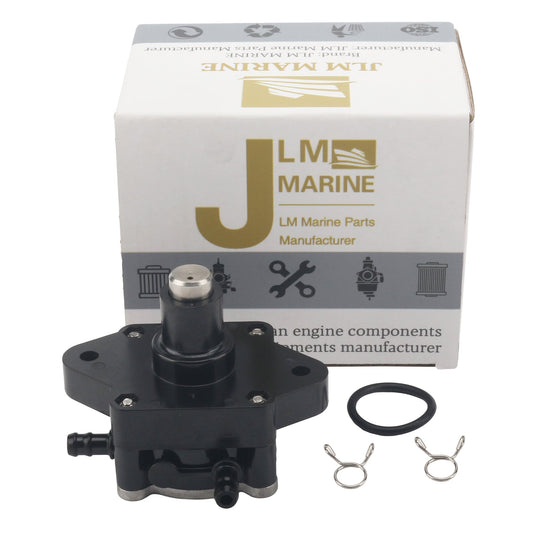
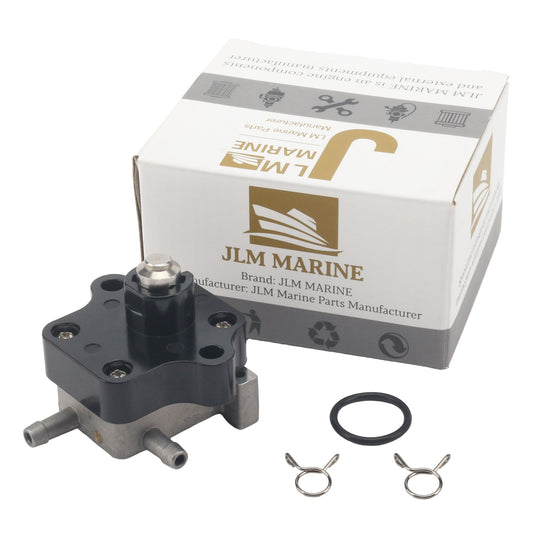
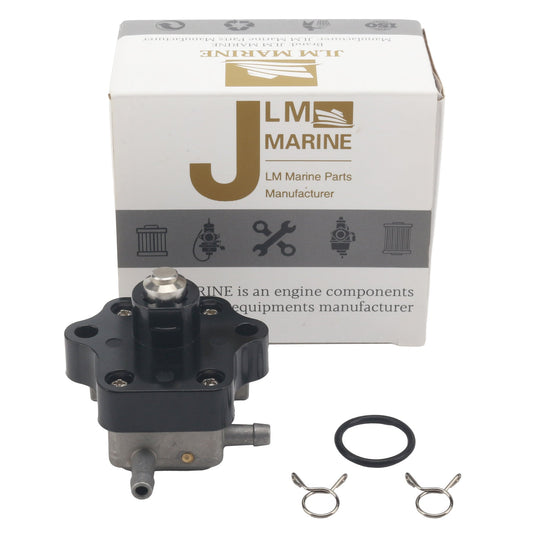
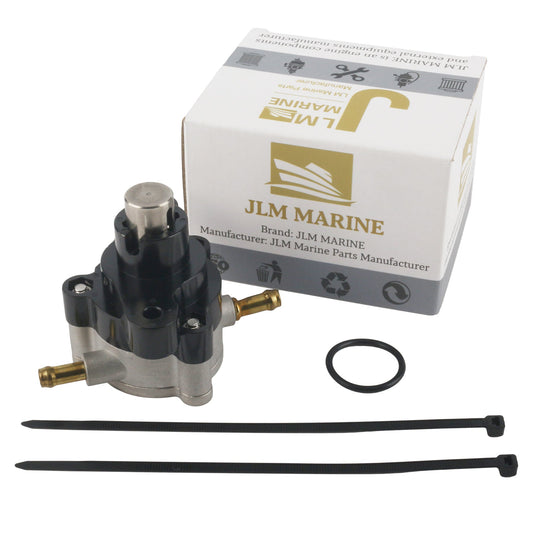
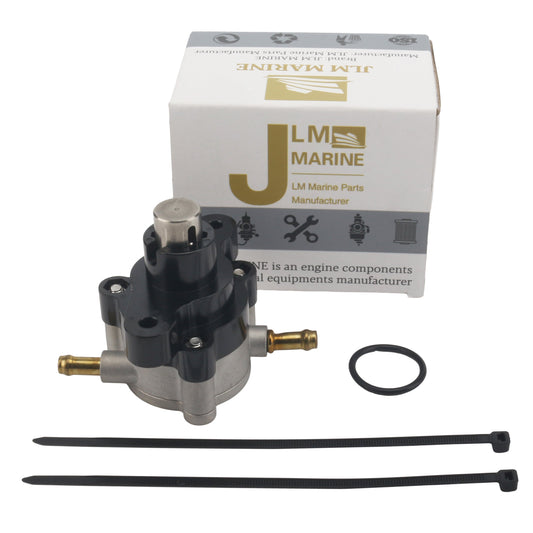
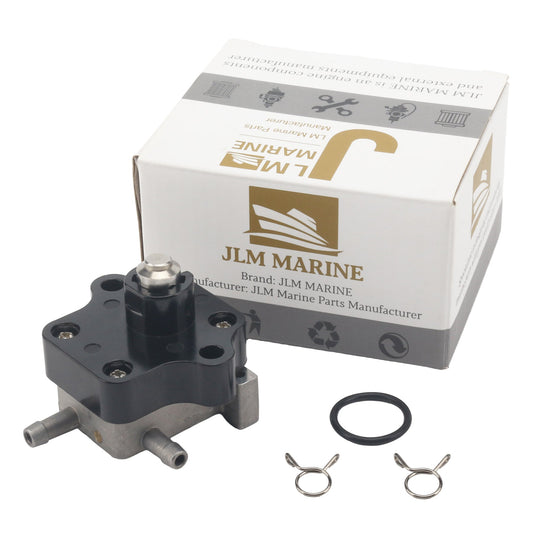
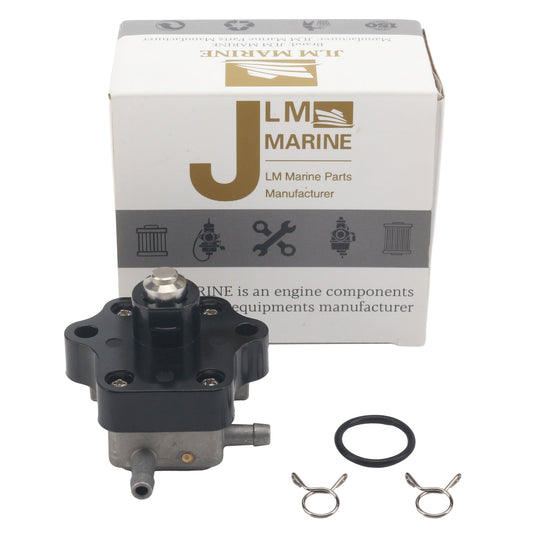
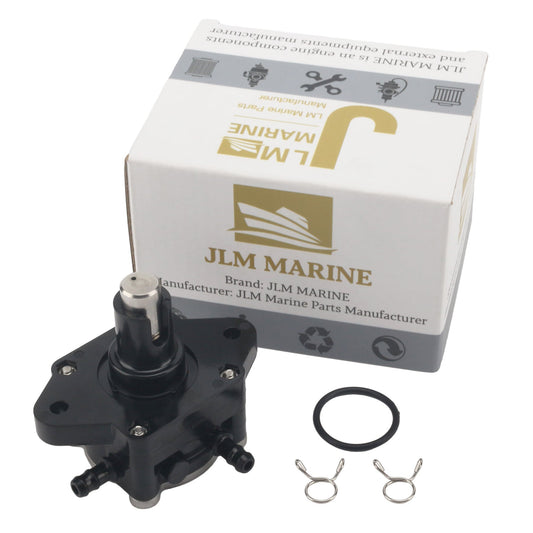
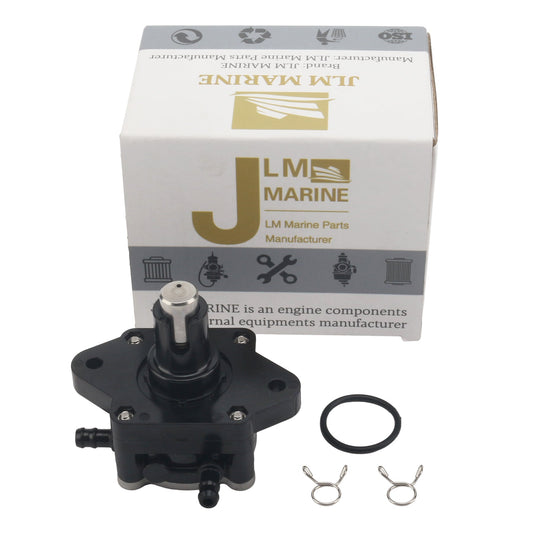
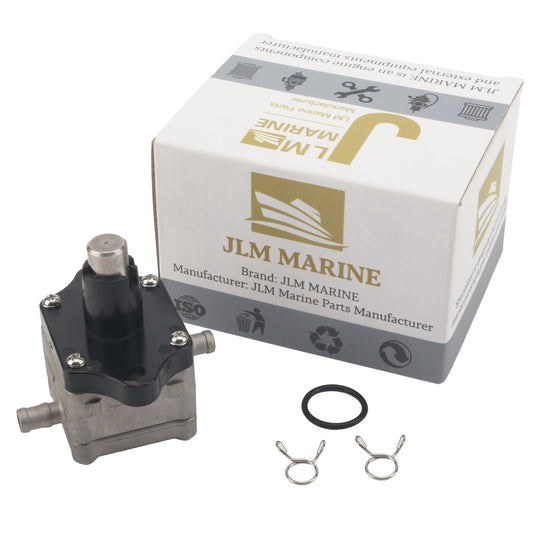
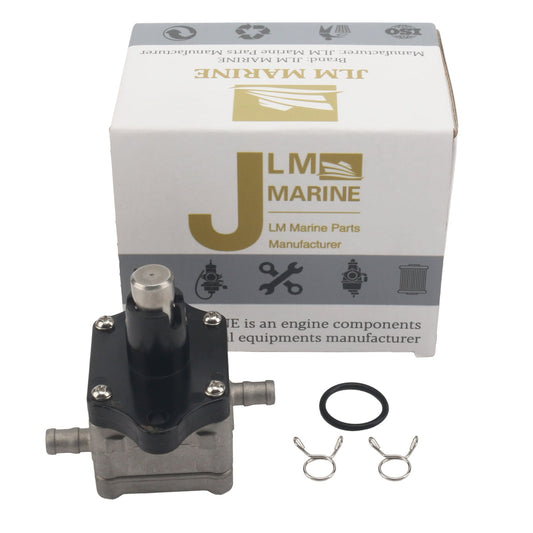
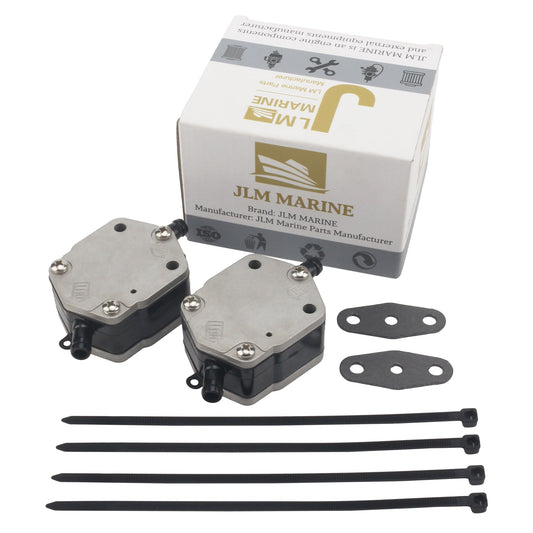
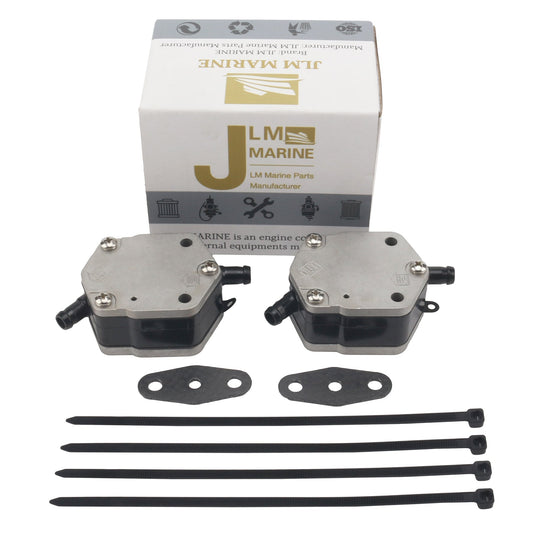
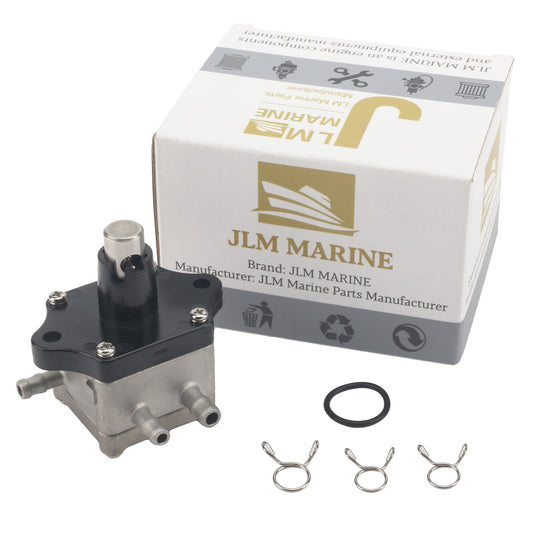
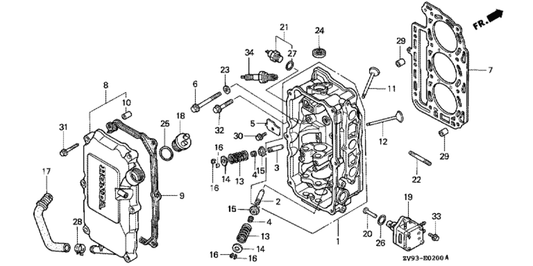
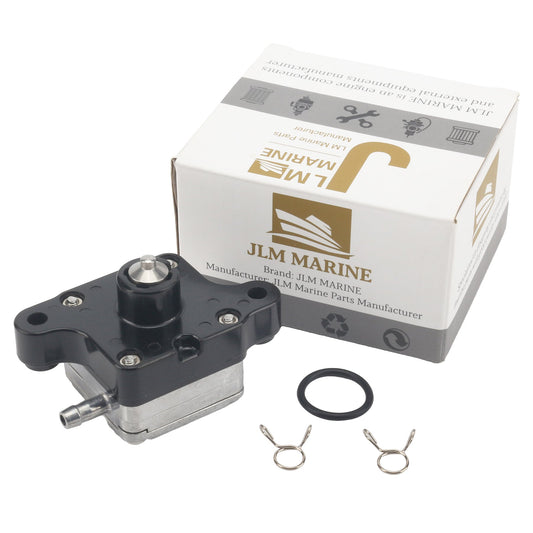
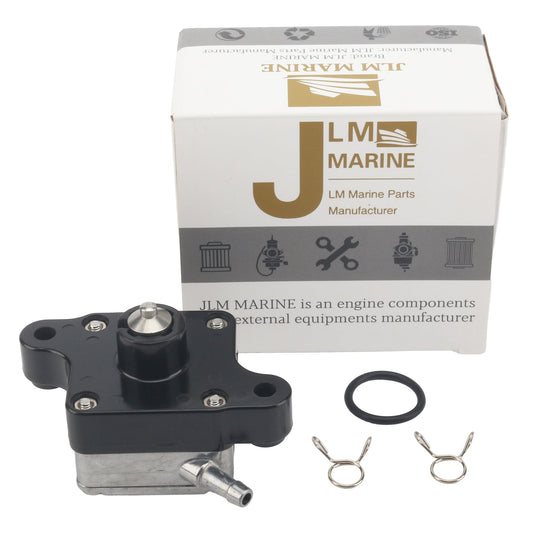
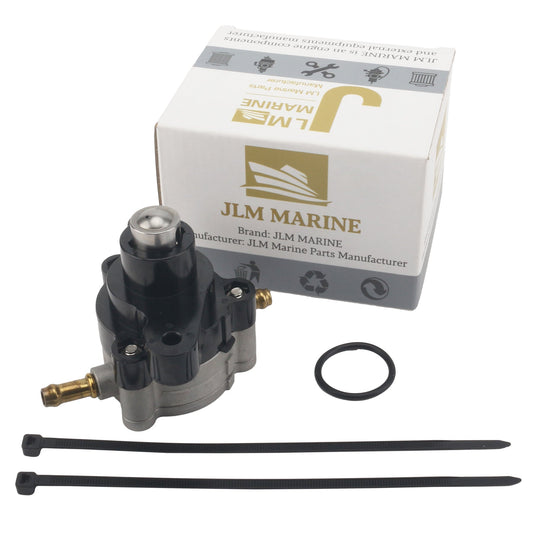
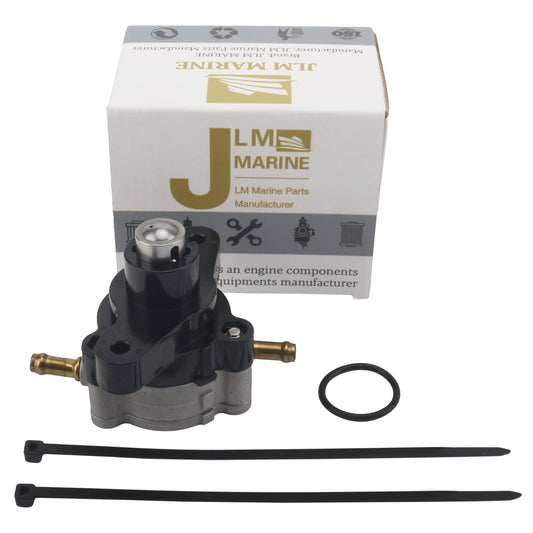
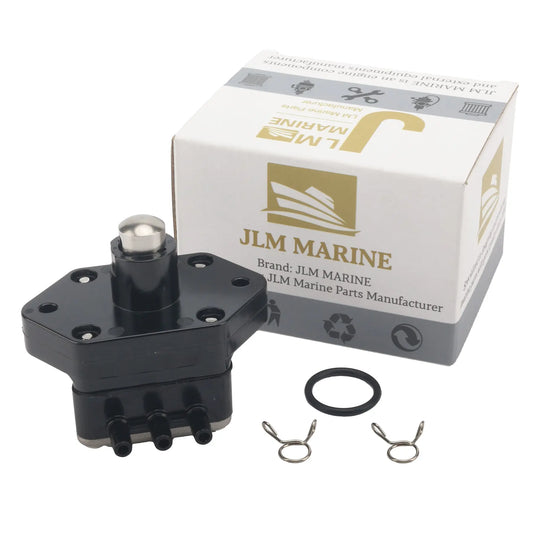


Leave a comment
Please note, comments need to be approved before they are published.